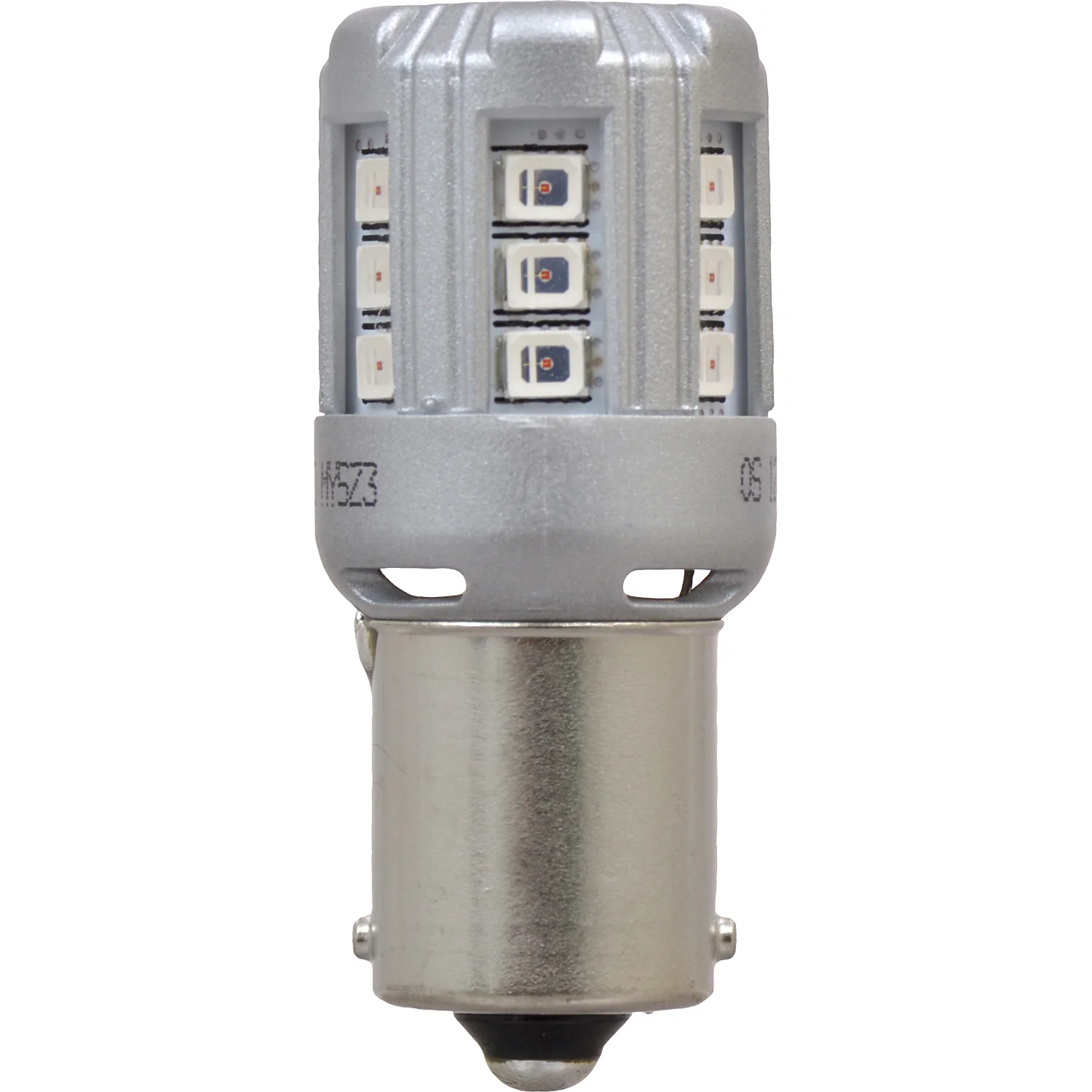

Articles
What Vehicle Fits A 1156 LED Bulb
Modified: January 8, 2024
Looking for articles on 1156 LED bulb compatibility with different vehicles? Find out which vehicles can use the 1156 LED bulb for enhanced lighting.
(Many of the links in this article redirect to a specific reviewed product. Your purchase of these products through affiliate links helps to generate commission for Storables.com, at no extra cost. Learn more)
Introduction
Welcome to our comprehensive guide on 1156 LED bulbs. If you’re wondering what vehicles these bulbs fit, you’ve come to the right place. Whether you’re looking to upgrade your car’s lighting system or simply replace a burned-out bulb, understanding the compatibility and benefits of 1156 LED bulbs is crucial. In this article, we’ll delve into the details of these bulbs, explore their advantages, discuss popular vehicle models that use them, and provide step-by-step instructions on how to install them in your vehicle.
So, what exactly are 1156 LED bulbs? These bulbs are a type of LED (light-emitting diode) bulb that are designed to replace the traditional 1156 bulbs found in vehicles. LED bulbs offer numerous advantages over their incandescent counterparts, making them an increasingly popular choice among car owners.
In terms of compatibility, 1156 LED bulbs can be used in a variety of vehicle models, making them versatile and widely accessible. From cars and trucks to motorcycles and RVs, these bulbs can accommodate different applications.
One of the key advantages of 1156 LED bulbs is their brightness. They produce a powerful and focused beam of light, providing enhanced visibility on the road. The bright and clear illumination creates a safer driving experience, especially during nighttime or adverse weather conditions.
Energy efficiency is another notable advantage of 1156 LED bulbs. Compared to traditional incandescent bulbs, LED bulbs consume significantly less energy and produce less heat. This not only reduces fuel consumption but also prolongs the lifespan of your vehicle’s battery.
Additionally, LED bulbs have a longer lifespan compared to incandescent bulbs. With an average lifespan of approximately 50,000 hours, 1156 LED bulbs outlast their traditional counterparts by a significant margin. This means fewer replacements and lower maintenance costs in the long run.
Installing 1156 LED bulbs in your vehicle is relatively simple, and it doesn’t require any specialized skills or tools. With a few basic steps, you can enjoy the benefits of brighter and more efficient lighting in your vehicle.
In the following sections, we will take a closer look at the various factors to consider when choosing 1156 LED bulbs, explore popular vehicle models that use these bulbs, and walk you through the installation process, ensuring a seamless transition to LED lighting in your vehicle.
Key Takeaways:
- Upgrade your vehicle’s lighting system with 1156 LED bulbs for enhanced visibility, energy efficiency, and longevity. Enjoy a safer and stylish driving experience with easy installation and compatibility with various vehicle models.
- Consider factors such as compatibility, brightness levels, energy efficiency, and easy installation when choosing 1156 LED bulbs. Popular in sedans, trucks, motorcycles, RVs, and classic cars, these bulbs offer improved visibility and energy efficiency.
Read also: 15 Amazing 1156 LED Bulb for 2024
Understanding 1156 LED Bulbs
Before we dive into the details of 1156 LED bulbs, let’s start by understanding what they are. 1156 LED bulbs are a type of LED (light-emitting diode) bulb specifically designed to replace the traditional incandescent 1156 bulbs found in vehicles. LED technology offers numerous advantages over traditional bulbs, making them an increasingly popular choice among vehicle owners.
One of the key advantages of using 1156 LED bulbs is their superior brightness. LED bulbs produce a focused and powerful beam of light, providing enhanced visibility on the road. Whether you’re driving at night or in adverse weather conditions, the bright and clear illumination of LED bulbs ensures safer driving by allowing you to see more of your surroundings.
Another advantage of using 1156 LED bulbs is their energy efficiency. LED technology requires less energy to produce the same amount of light as traditional bulbs, resulting in lower power consumption. This not only reduces the strain on your vehicle’s electrical system but also saves fuel, making LED bulbs an environmentally friendly option.
In addition to being energy-efficient, 1156 LED bulbs also have a longer lifespan compared to traditional bulbs. While traditional bulbs may need frequent replacements, LED bulbs can last up to 50,000 hours or more. This extended lifespan not only saves you money on replacement bulbs but also reduces maintenance and hassle.
1156 LED bulbs are available in a range of color options, allowing you to customize the look of your vehicle’s lighting. Whether you prefer a crisp white light or a vibrant colored light, there are LED bulbs to suit your style and preferences.
Now, let’s explore the common applications of 1156 LED bulbs. These bulbs can be used in various vehicle models, including cars, trucks, motorcycles, and RVs. They are commonly used in brake lights, backup lights, turn signal lights, and tail lights, just to name a few. Their versatility and compatibility make them a popular choice for upgrading and replacing bulbs in different vehicle lighting fixtures.
In summary, 1156 LED bulbs are a superior alternative to traditional incandescent bulbs. With their brighter illumination, energy efficiency, long lifespan, and versatility, they offer numerous advantages for vehicle owners. Whether you’re looking to increase visibility on the road or simply enhance the aesthetics of your vehicle’s lighting, 1156 LED bulbs are an excellent choice.
Factors to Consider when Choosing 1156 LED Bulbs
When it comes to choosing the right 1156 LED bulbs for your vehicle, there are several factors you should consider. These factors will help you find bulbs that are compatible with your vehicle, provide the desired brightness and color options, offer energy efficiency and a long lifespan, and are easy to install with existing fixtures.
Compatibility with different vehicle models is one of the most important factors to consider. Not all 1156 LED bulbs are designed to fit every vehicle, so it’s crucial to ensure that the bulbs you choose are compatible with your specific make and model. Take note of any size or fitting requirements and consult your vehicle’s manual or an automotive specialist to ensure a proper fit.
Brightness levels and color options are also significant considerations. LED bulbs come in different brightness levels, typically measured in lumens. Choosing bulbs with an appropriate brightness level ensures optimal visibility on the road. Additionally, LED bulbs are available in various color options, ranging from cool white to warm white and even colored lights. Consider your preference and any legal requirements regarding colored lights in your area.
Energy efficiency and lifespan are key advantages of LED bulbs, so it’s essential to choose bulbs that offer high efficiency and a long lifespan. Look for bulbs with a low wattage and high lumen output to ensure efficient energy usage. Additionally, check the estimated lifespan of the bulbs, usually listed in hours. Bulbs with a longer lifespan will save you money in the long run by reducing the need for frequent replacements.
Easy installation and compatibility with existing fixtures are practical considerations when choosing 1156 LED bulbs. Look for bulbs that are designed for easy installation, with plug-and-play features that allow you to replace the bulbs without any technical expertise or modifications. Compatibility with existing fixtures means you won’t need to make any additional adjustments or modifications to your vehicle’s lighting system, saving you time and effort.
By considering these factors and doing your research, you can find 1156 LED bulbs that are compatible with your vehicle, provide the desired brightness and color options, offer energy efficiency and a long lifespan, and are easy to install with existing fixtures. Taking the time to find the right bulbs will ensure optimal performance, enhanced visibility, and a stylish upgrade for your vehicle’s lighting system.
Popular Vehicles that Use 1156 LED Bulbs
1156 LED bulbs are widely used in various vehicle models, providing improved lighting performance and energy efficiency. Let’s take a look at some popular vehicles that commonly use 1156 LED bulbs:
- Vehicle 1: Many sedans, such as Honda Civic, Toyota Camry, and Chevrolet Malibu, use 1156 LED bulbs in their brake lights, turn signal lights, and tail lights. These bulbs provide brighter and more visible illumination, enhancing safety on the road.
- Vehicle 2: Pickup trucks, such as Ford F-150, Chevrolet Silverado, and RAM 1500, often incorporate 1156 LED bulbs in their rear lights and brake lights. The superior brightness and quick response time of these bulbs make them a popular choice among truck owners.
- Vehicle 3: Motorcycles, including Harley-Davidson, Yamaha, and Kawasaki models, often use 1156 LED bulbs in their rear lights and turn signal lights. LED bulbs offer enhanced visibility and add a modern touch to the aesthetics of motorcycles.
- Vehicle 4: Recreational vehicles (RVs), such as Winnebago, Airstream, and Forest River models, commonly use 1156 LED bulbs in their exterior lights, including brake lights, tail lights, and clearance lights. LED bulbs are ideal for RVs due to their energy efficiency, durability, and long lifespan.
- Vehicle 5: Classic cars, like Ford Mustang, Chevrolet Corvette, and Volkswagen Beetle, often undergo upgrades to their lighting systems, including the use of 1156 LED bulbs. LED bulbs provide a vintage-inspired look while delivering modern performance and longevity.
These are just a few examples of popular vehicles that use 1156 LED bulbs. However, it’s important to note that the compatibility of bulbs may vary even within the same vehicle model. Always double-check the specifications and consult with an automotive specialist or refer to your vehicle’s manual to ensure the correct fitment of 1156 LED bulbs for your specific make and model.
Whether you have a sedan, truck, motorcycle, RV, or classic car, upgrading to 1156 LED bulbs can significantly improve the lighting performance and energy efficiency of your vehicle. So, if you’re looking to enhance the visibility and aesthetics of your vehicle’s lighting system, consider switching to 1156 LED bulbs for a brighter and more efficient lighting experience.
When looking for a 1156 LED bulb for your vehicle, make sure to check the owner’s manual or consult with a trusted automotive parts retailer to ensure compatibility with your specific make and model.
How to Properly Install 1156 LED Bulbs in Your Vehicle
If you’ve decided to upgrade your vehicle’s lighting system with 1156 LED bulbs, you’ll be pleased to know that the installation process is relatively simple. Follow these steps to properly install 1156 LED bulbs in your vehicle:
- Step 1: Ensure safety precautions: Before starting any work on your vehicle, make sure to park on a level surface and engage the parking brake. Additionally, disconnect the vehicle’s battery to avoid any electrical accidents.
- Step 2: Locate the existing bulb: Depending on the specific application, the 1156 LED bulb may be used in the brake lights, turn signal lights, tail lights, or other fixtures of your vehicle. Locate the area where the existing bulb is installed. Refer to your vehicle’s manual if you need assistance in finding the specific location.
- Step 3: Remove the old bulb: To remove the old bulb, gently twist it counterclockwise or pull it straight out, depending on the bulb type and fitting. Be careful not to apply excessive force or damage the socket. Dispose of the old bulb properly, following local regulations for hazardous waste disposal if applicable.
- Step 4: Install the new 1156 LED bulb: Take your new 1156 LED bulb and align the pins or base with the socket. Push the bulb into the socket and carefully twist it clockwise until it locks into place. Ensure that the bulb is securely seated in the socket to guarantee proper functioning.
- Step 5: Test the bulb to ensure proper functioning: This final step is crucial to verify that the newly installed 1156 LED bulb is working correctly. Turn on the corresponding light function, such as the brake lights, and observe the illumination. Check for any flickering, uneven lighting, or error messages on your vehicle’s dashboard. If everything looks and functions as expected, you have successfully installed the 1156 LED bulb.
Remember to repeat these steps for each 1156 LED bulb you wish to install in your vehicle. It’s also recommended to test all the bulbs once the installation is complete to ensure that they are functioning correctly. After confirming that the bulbs are working and installed securely, you can reconnect the vehicle’s battery if you had disconnected it for safety purposes.
By following these step-by-step instructions, you can confidently install 1156 LED bulbs in your vehicle. However, if you’re unsure or uncomfortable with performing the installation yourself, it’s always a good idea to seek professional assistance from an automotive specialist.
Read also: 9 Best 1156 LED Bulb Amber for 2024
Conclusion
In conclusion, 1156 LED bulbs offer a range of benefits and versatility when it comes to upgrading your vehicle’s lighting system. These bulbs provide superior brightness, energy efficiency, and a longer lifespan compared to traditional incandescent bulbs. With their compatibility with various vehicle models and easy installation, 1156 LED bulbs have become a popular choice among car owners who seek enhanced visibility and stylish lighting options.
When choosing 1156 LED bulbs, it’s important to consider factors such as compatibility with your vehicle model, brightness levels and color options, energy efficiency, and easy installation. By carefully selecting bulbs that meet these criteria, you can ensure optimal performance and a seamless transition to LED lighting.
Popular vehicle models that commonly use 1156 LED bulbs include sedans, pickup trucks, motorcycles, RVs, and classic cars. These bulbs are commonly found in brake lights, turn signal lights, tail lights, and other lighting fixtures in these vehicles.
Installing 1156 LED bulbs in your vehicle is a straightforward process that involves ensuring safety precautions, locating the existing bulb, removing the old bulb, installing the new LED bulb, and testing its proper functioning. By following these steps and testing all the bulbs, you can successfully upgrade your vehicle’s lighting system.
1156 LED bulbs provide improved visibility, energy efficiency, and durability, making them an excellent choice for enhancing the lighting performance of your vehicle. Whether you want to increase safety on the road or add a stylish touch to your vehicle’s aesthetics, 1156 LED bulbs deliver on both fronts.
Upgrade your vehicle’s lighting system with 1156 LED bulbs and experience the difference in brightness, energy efficiency, and longevity. Enjoy the enhanced visibility and modern lighting aesthetics that these bulbs offer. Consult your vehicle’s manual or an automotive specialist to ensure proper fitment and compatibility. With a simple installation process, you can transform your vehicle’s lighting system and enjoy the numerous benefits that 1156 LED bulbs bring.
Invest in quality 1156 LED bulbs and elevate your driving experience with brighter and more efficient lighting. Stay safe on the road and enjoy the long-lasting performance and visual appeal of LED technology. Upgrade your vehicle’s lighting system today!
Resources and References
Here are some resources and references that you can consult for further information on 1156 LED bulbs and their installation:
- National Highway Traffic Safety Administration (NHTSA) – The official website of NHTSA provides valuable information on vehicle lighting regulations and safety standards. Visit their website at www.nhtsa.gov.
- Vehicle Owner’s Manual – Your vehicle’s owner’s manual is an essential resource for understanding the specific bulb types and installation procedures for your particular vehicle model. Refer to the manual for detailed instructions and specifications.
- Automotive Forums and Communities – Participate in automotive forums and communities to seek advice and insights from fellow vehicle owners who have experience with installing 1156 LED bulbs. Popular online communities include CarForum.net and AutomotiveForums.com.
- Automotive Retailers – Visit your local automotive retailers or specialized lighting stores to get hands-on assistance and guidance in choosing the right 1156 LED bulbs for your vehicle. They can provide expert recommendations and answer any specific questions you may have.
- Manufacturer’s Websites – Check the official websites of reputable manufacturers who specialize in automotive LED lighting. These websites often provide detailed product information, specifications, and installation guides. Some notable manufacturers include Philips, Sylvania, and Auxbeam.
Remember to verify the credibility and reliability of any online resources or forums you consult. It’s always a good practice to cross-reference information and seek multiple sources to ensure accurate and up-to-date information.
By utilizing these resources, you can gain a comprehensive understanding of 1156 LED bulbs and make informed decisions when it comes to choosing, installing, and maintaining them in your vehicle.
Disclaimer: This article is for informational purposes only. Always consult your vehicle’s manual and follow manufacturer instructions when installing any aftermarket lighting components. Ensure compliance with local laws and regulations regarding vehicle modifications.
Frequently Asked Questions about What Vehicle Fits A 1156 LED Bulb
Was this page helpful?
At Storables.com, we guarantee accurate and reliable information. Our content, validated by Expert Board Contributors, is crafted following stringent Editorial Policies. We're committed to providing you with well-researched, expert-backed insights for all your informational needs.
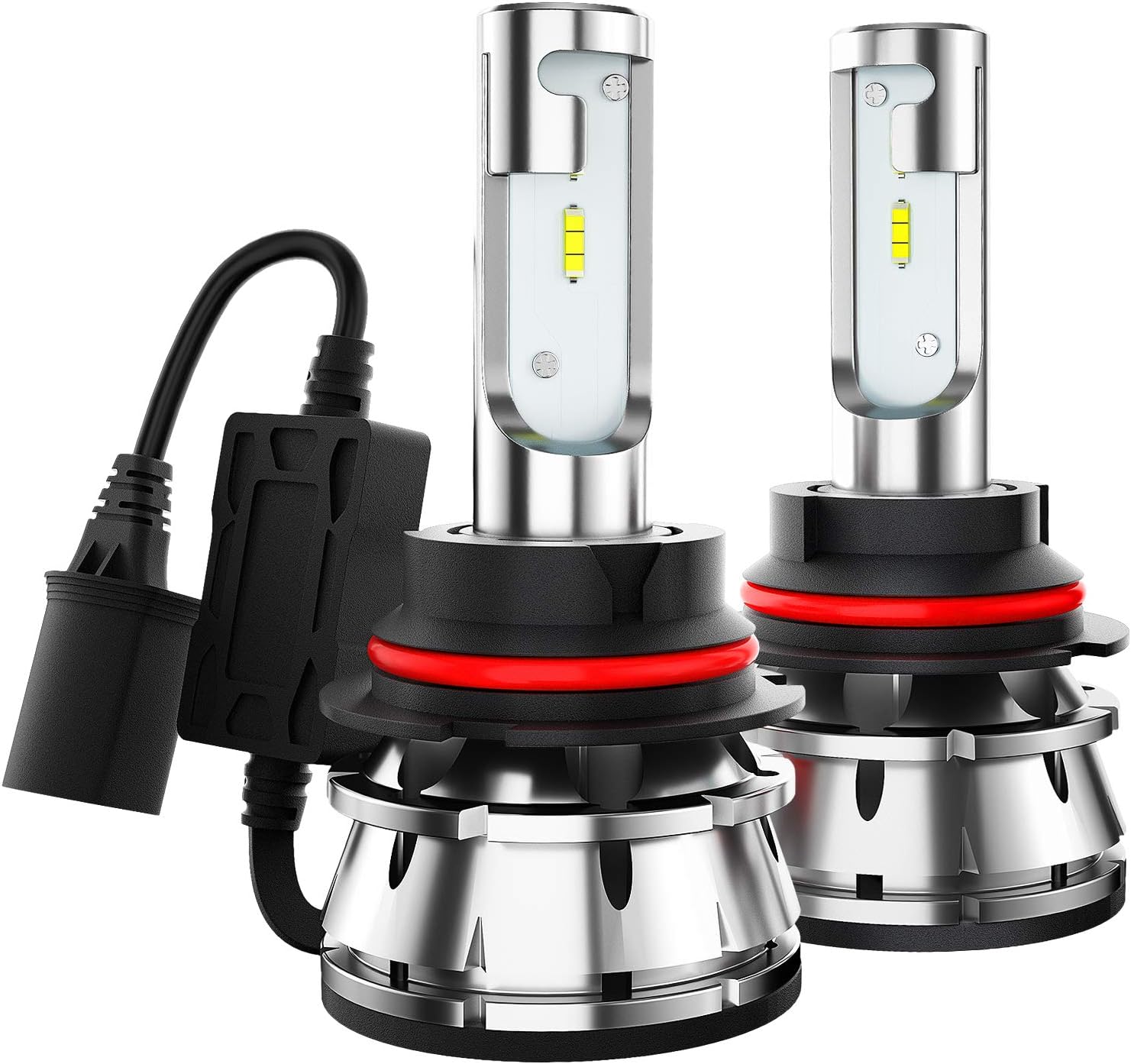
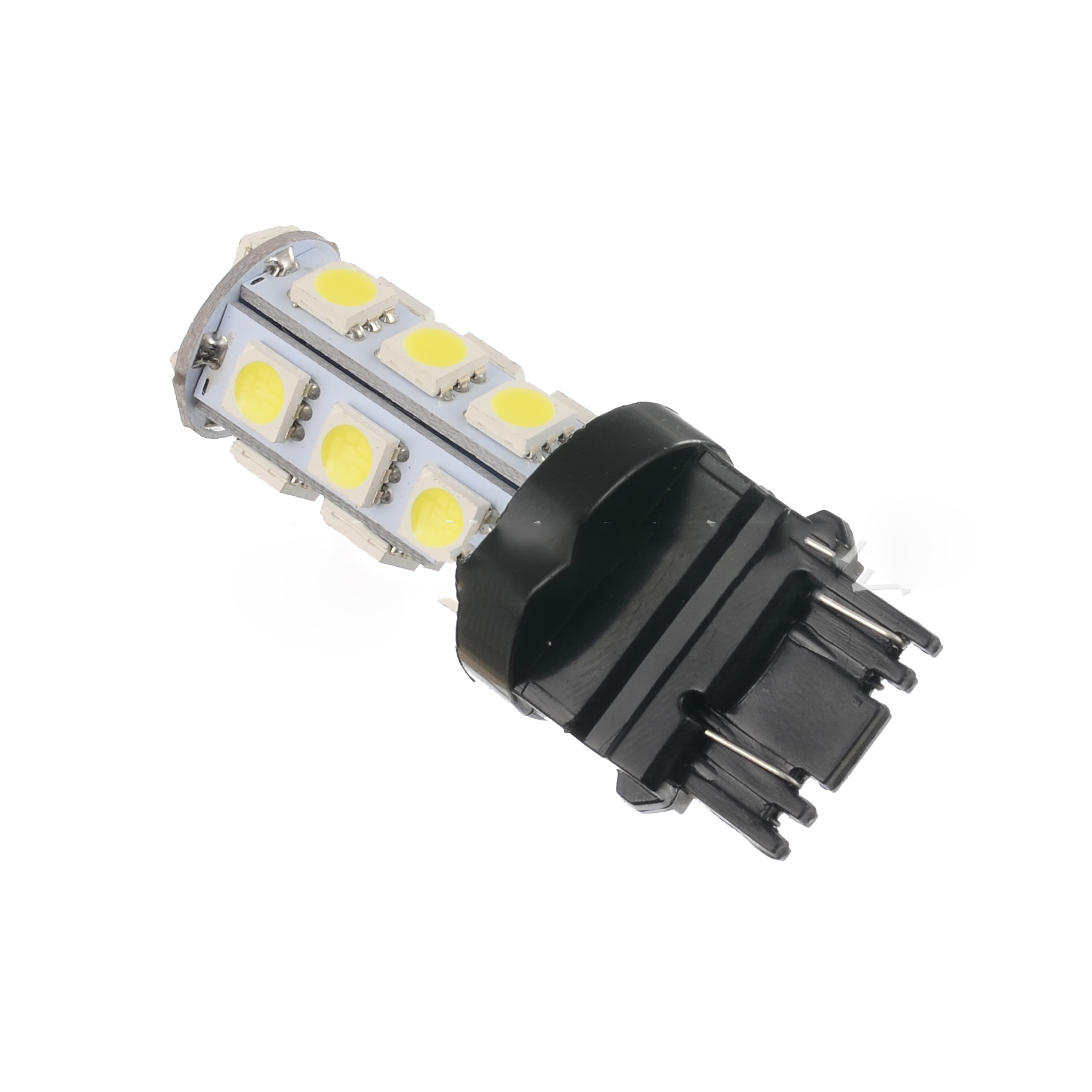
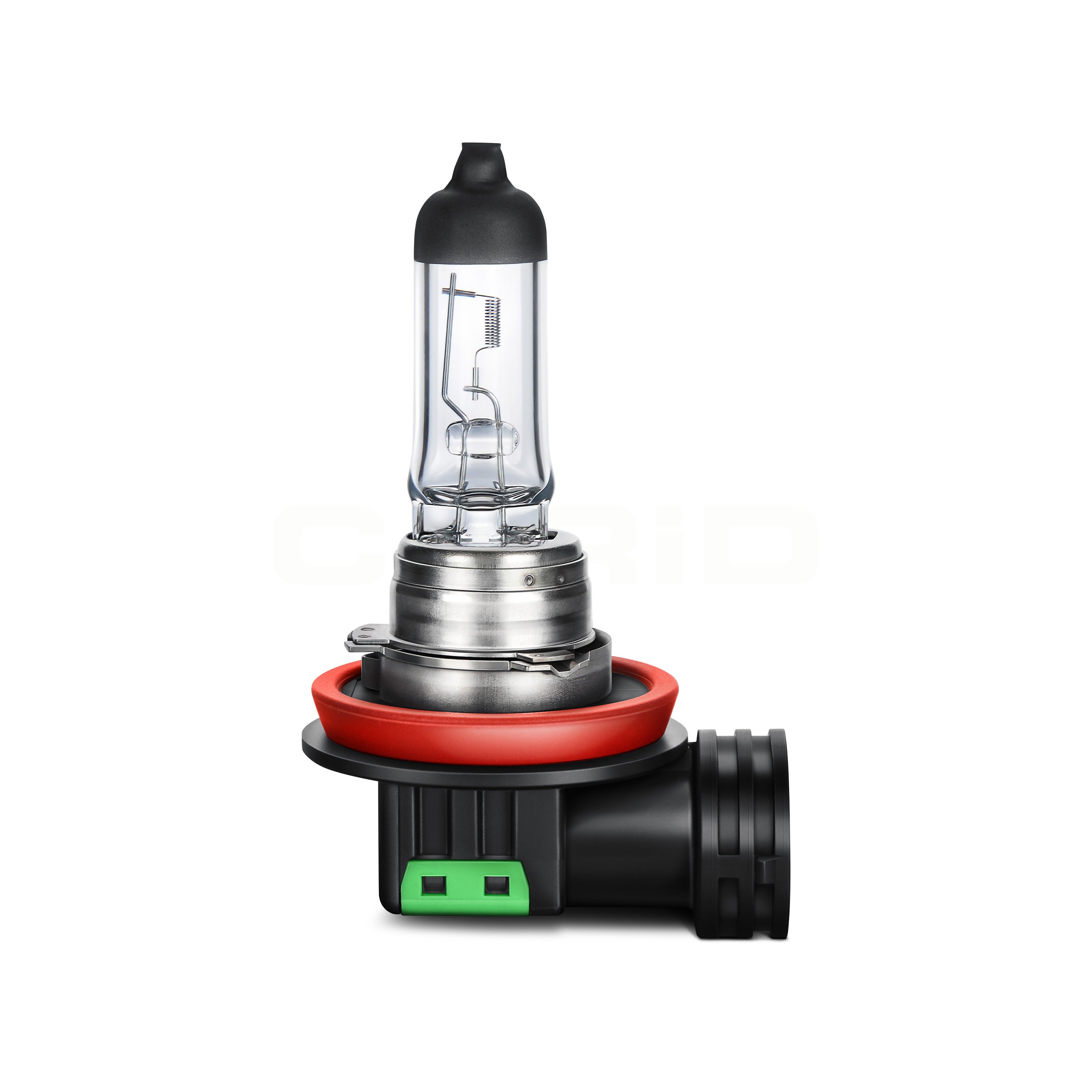
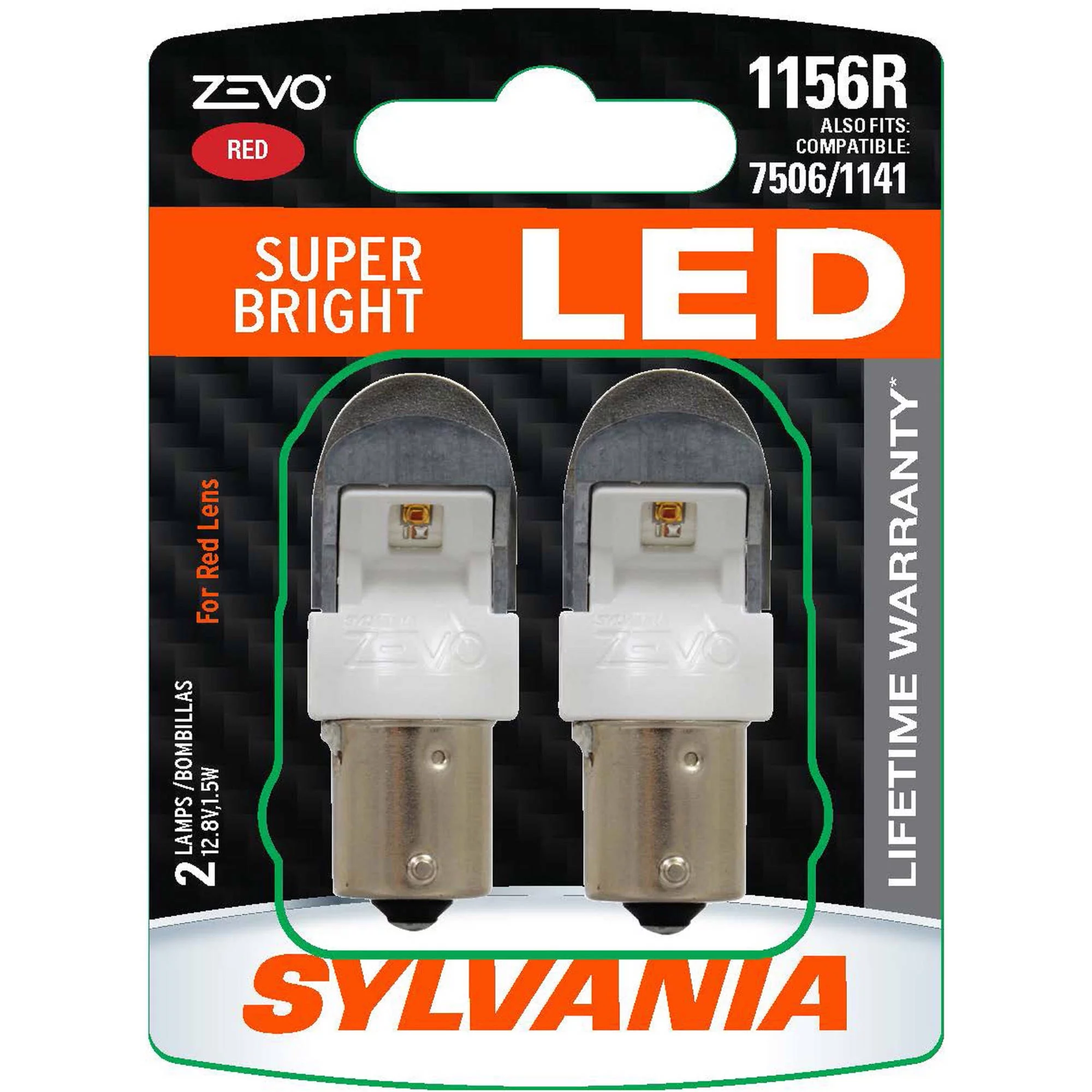
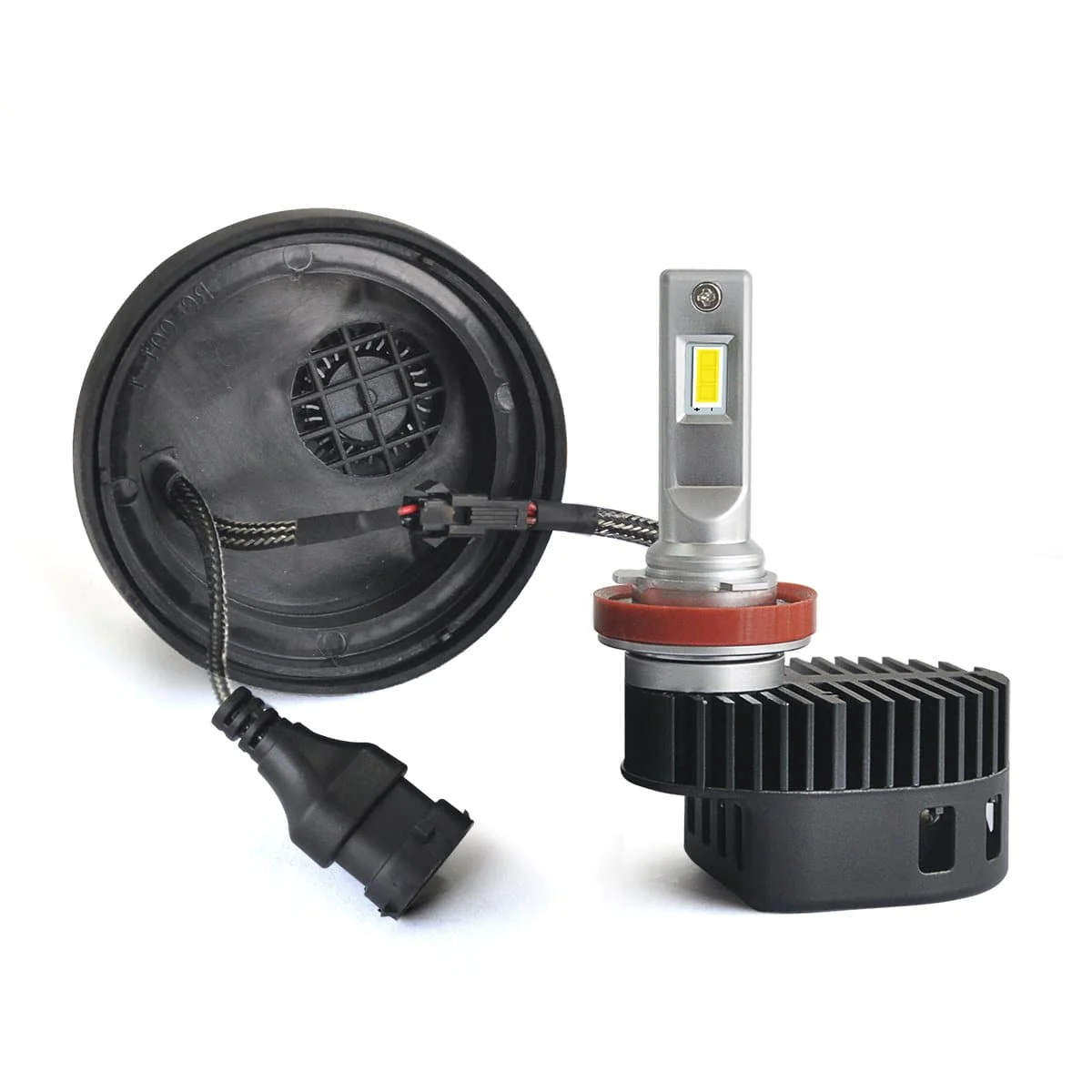
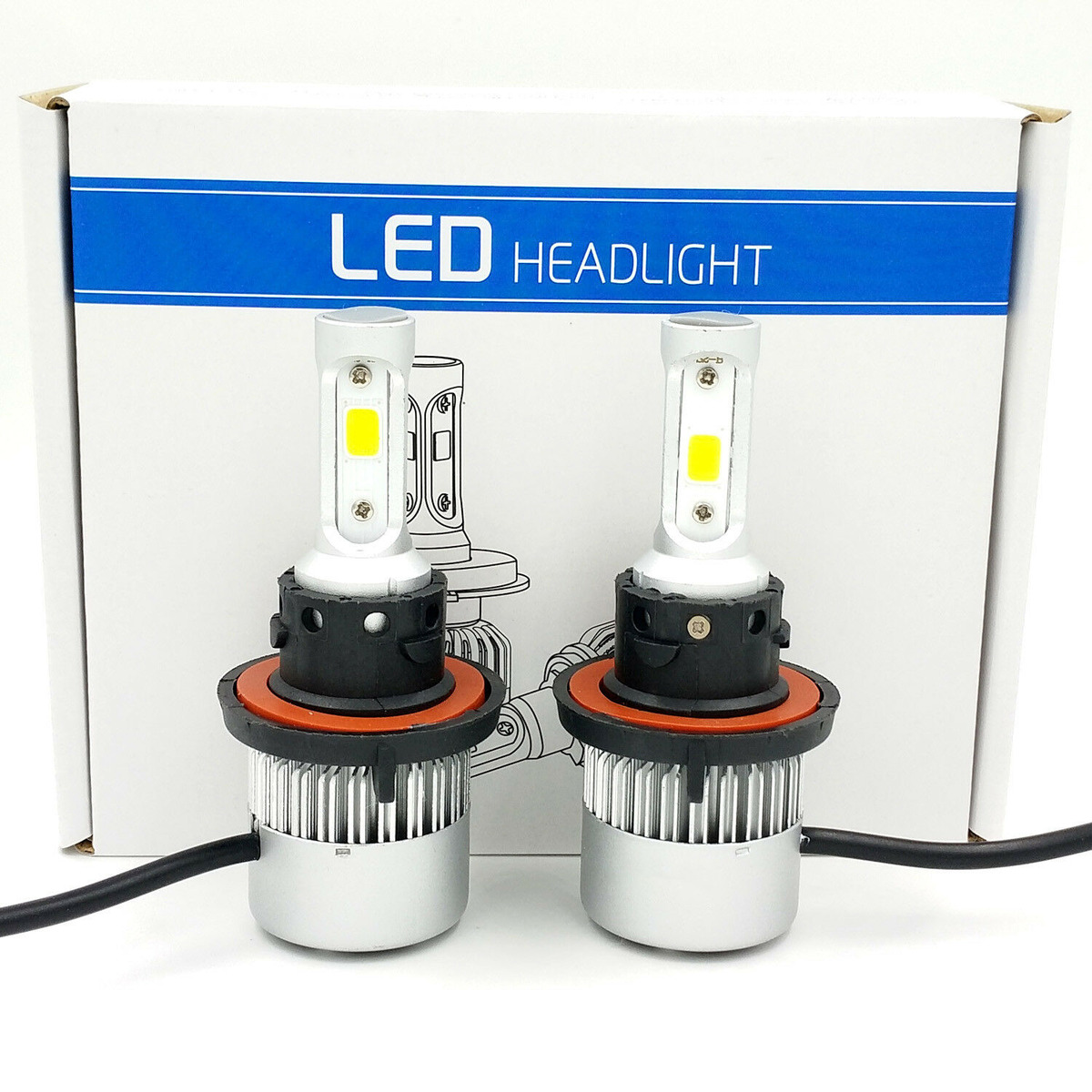
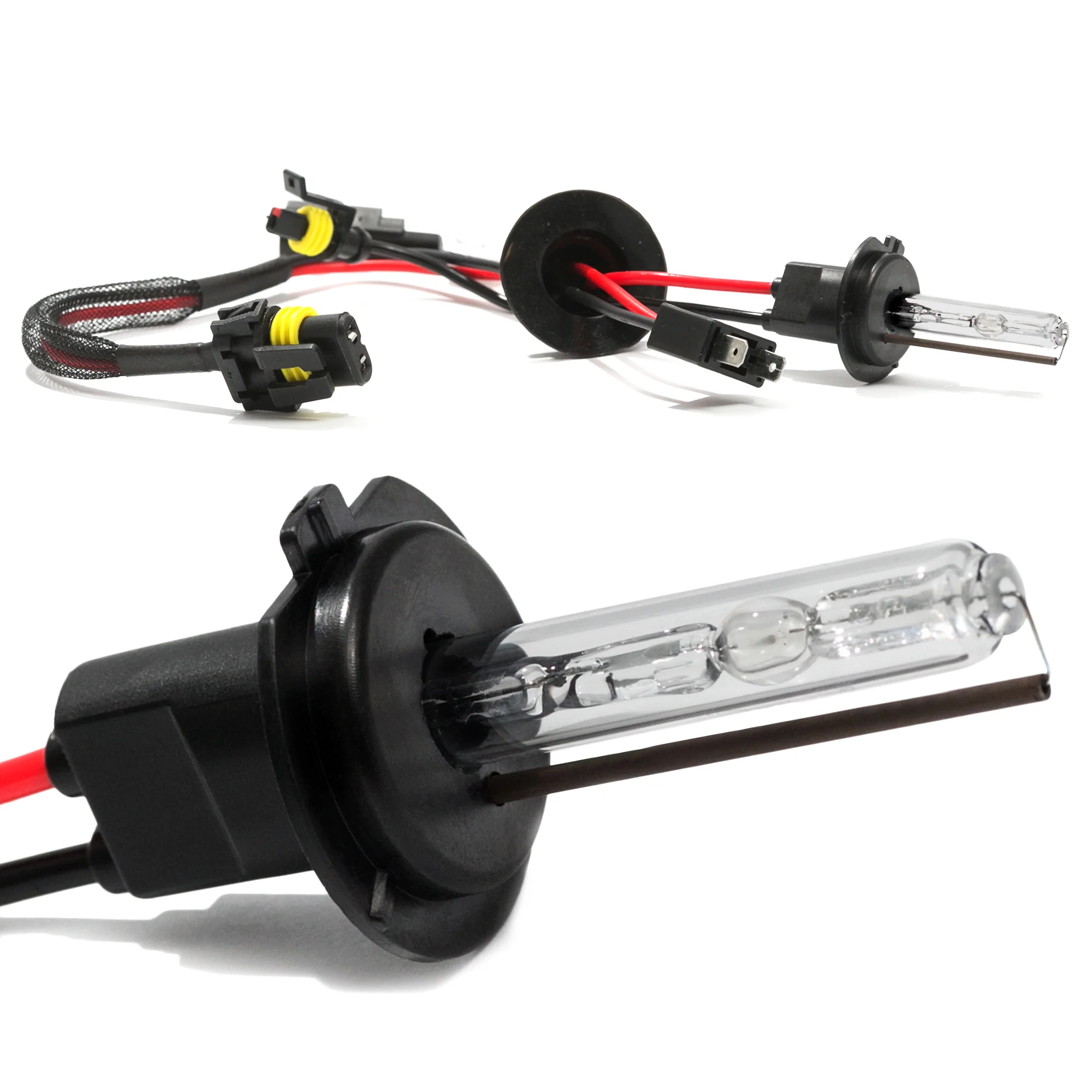
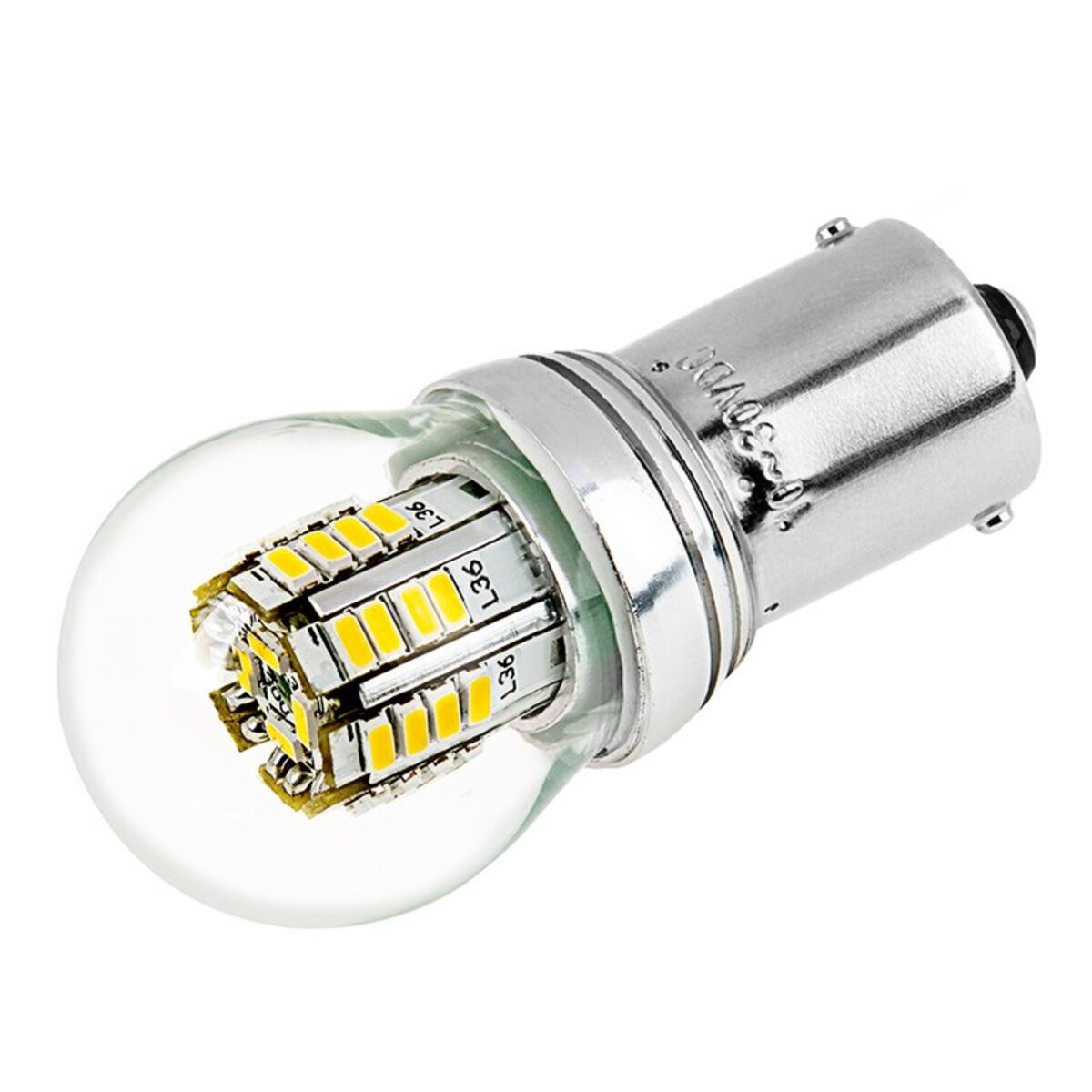
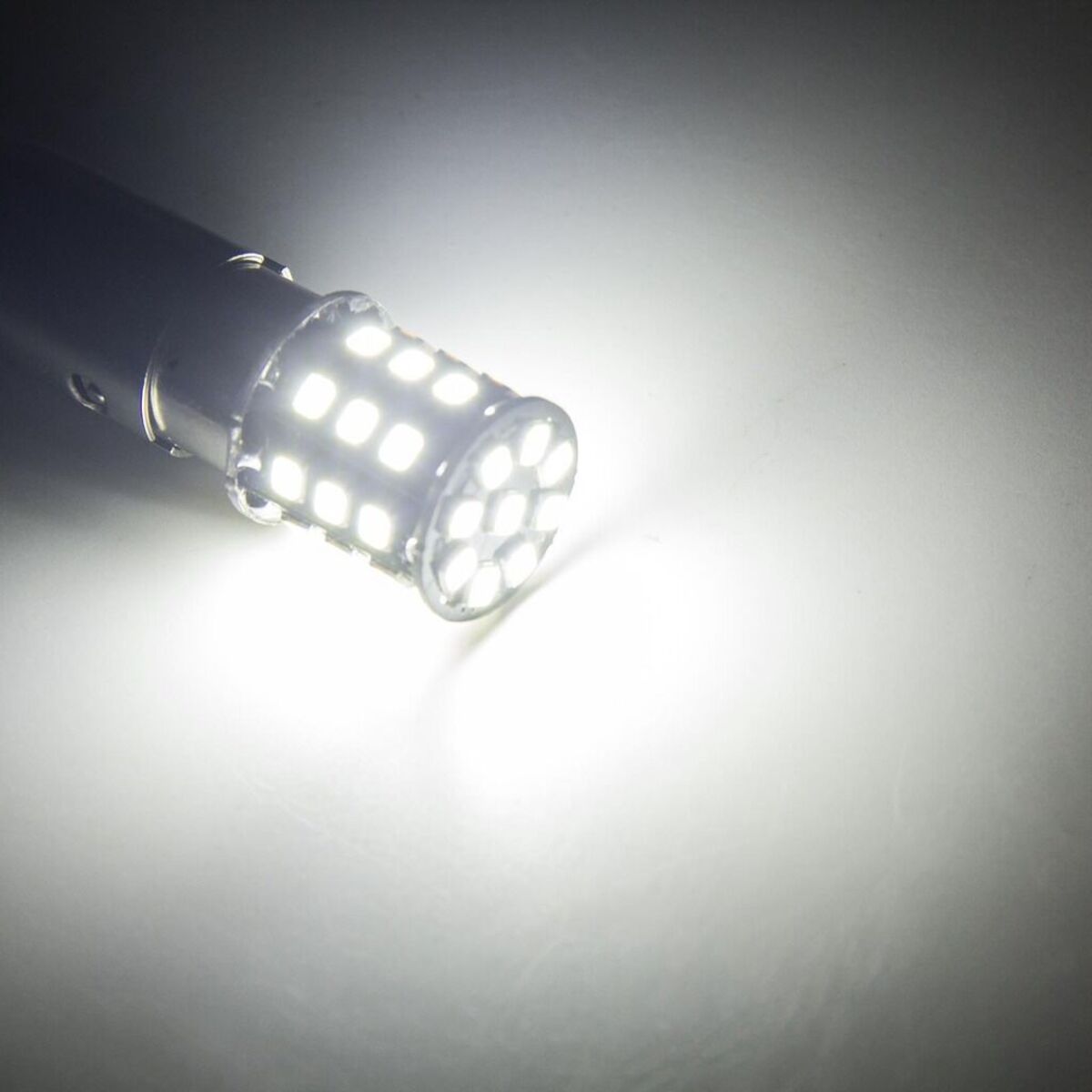
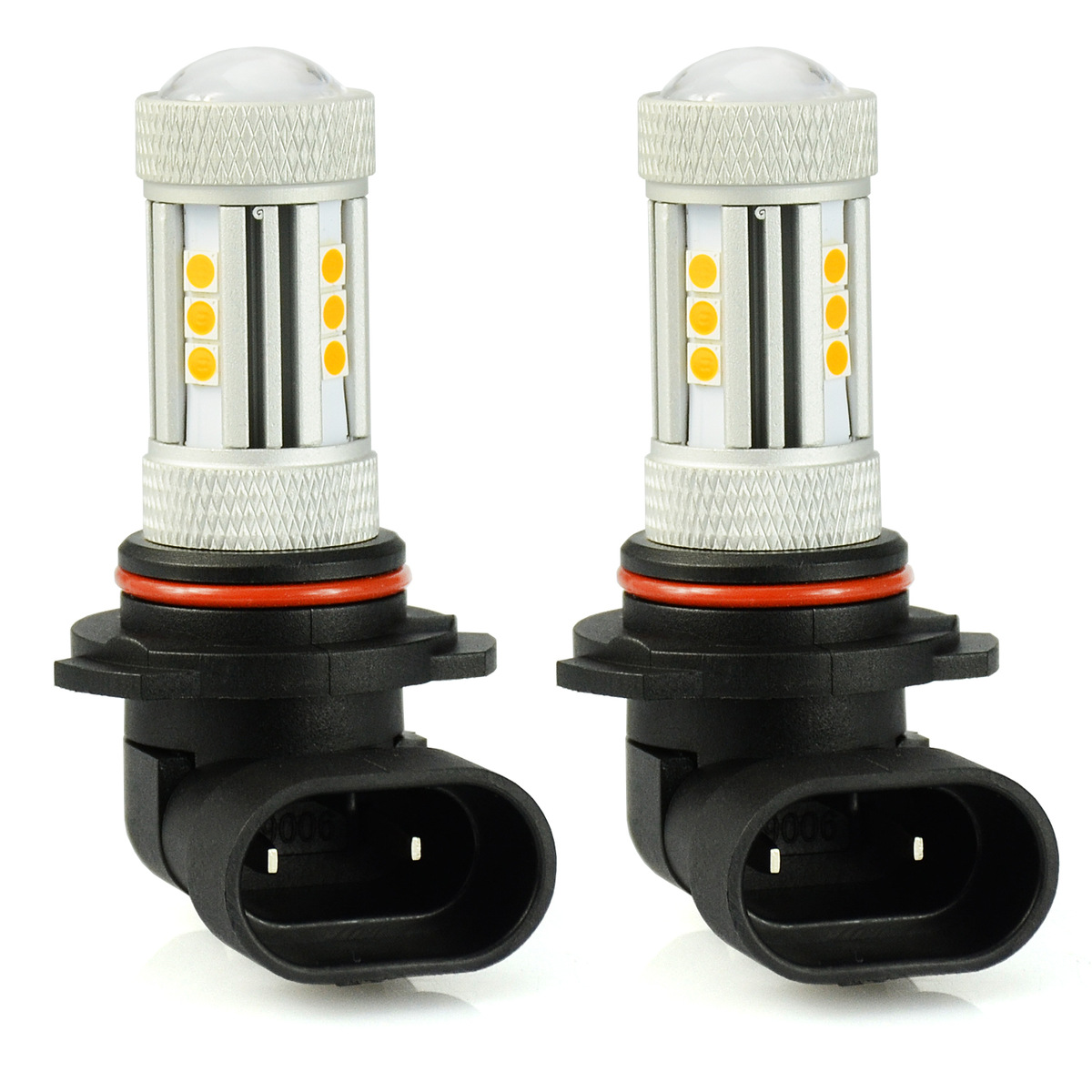
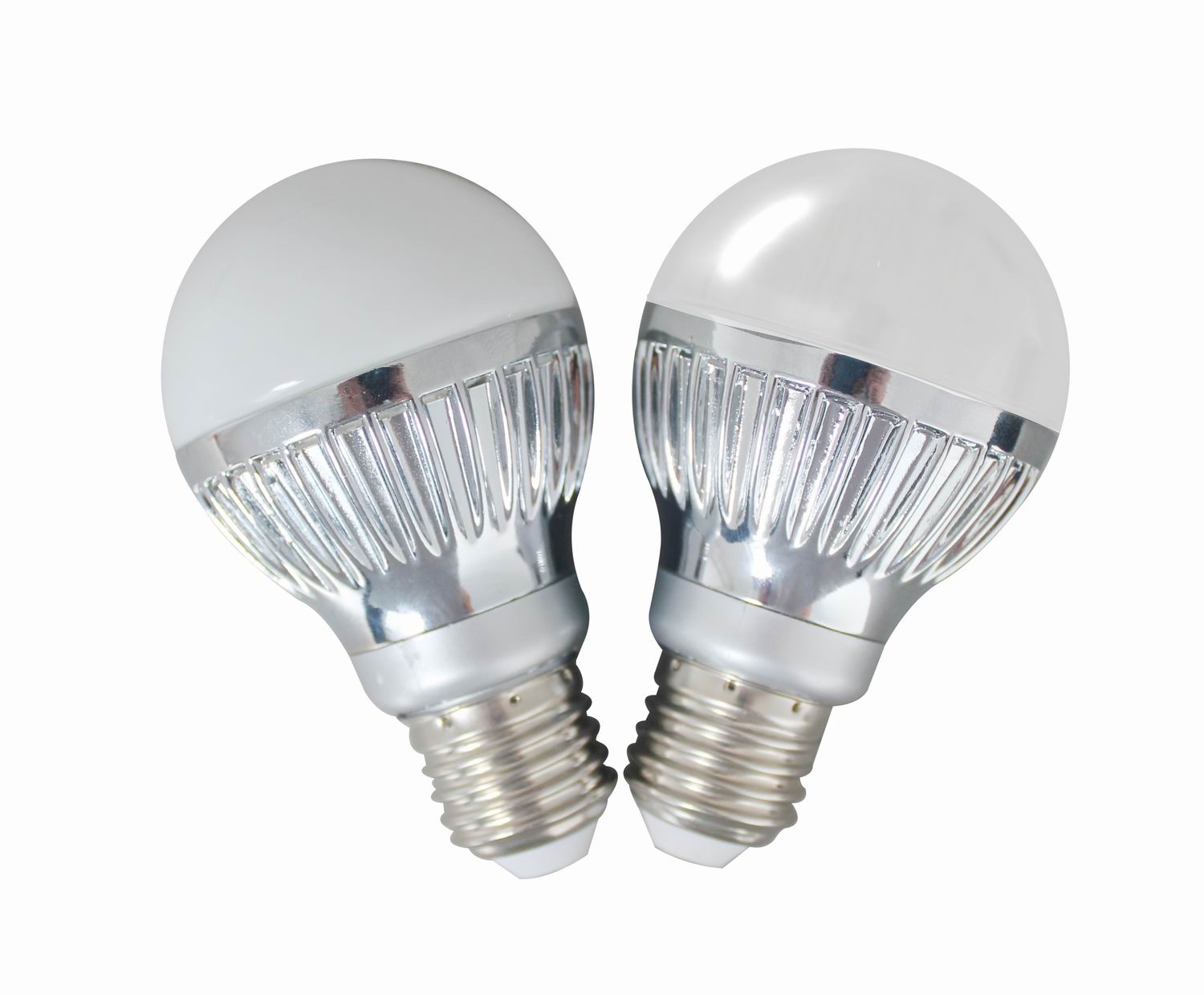


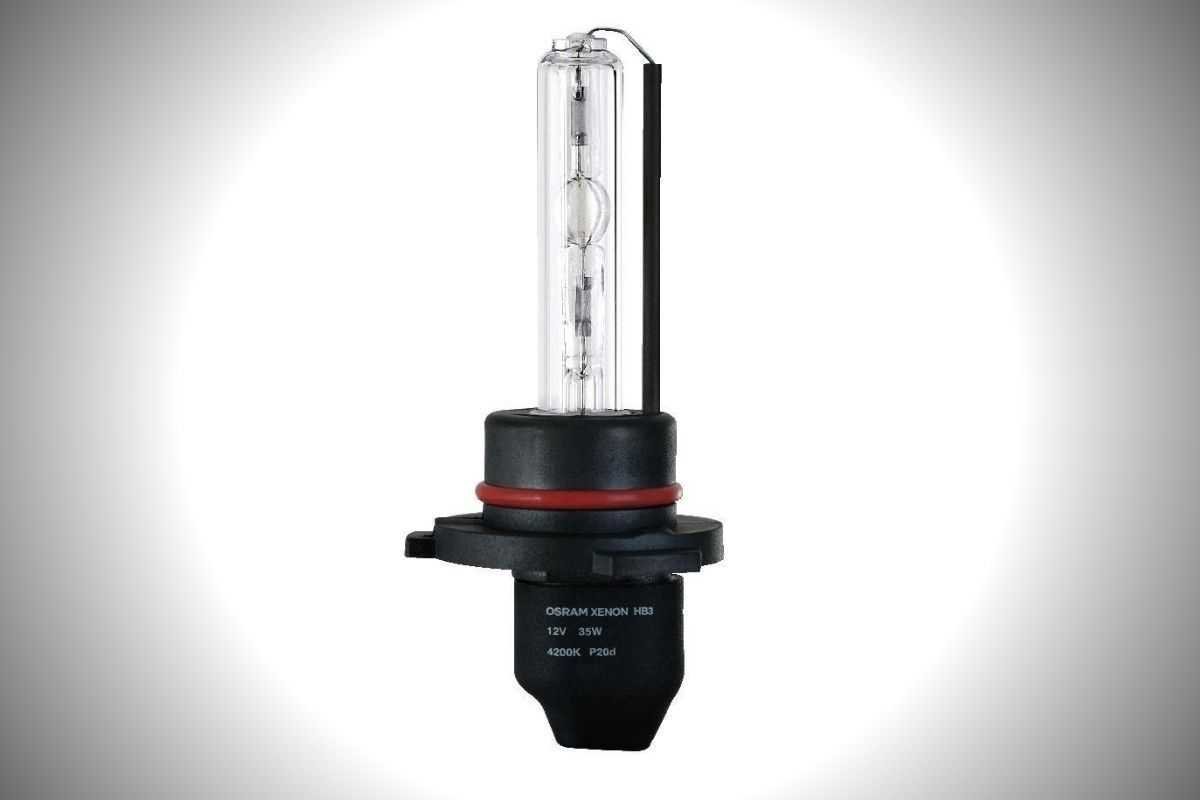

0 thoughts on “What Vehicle Fits A 1156 LED Bulb”